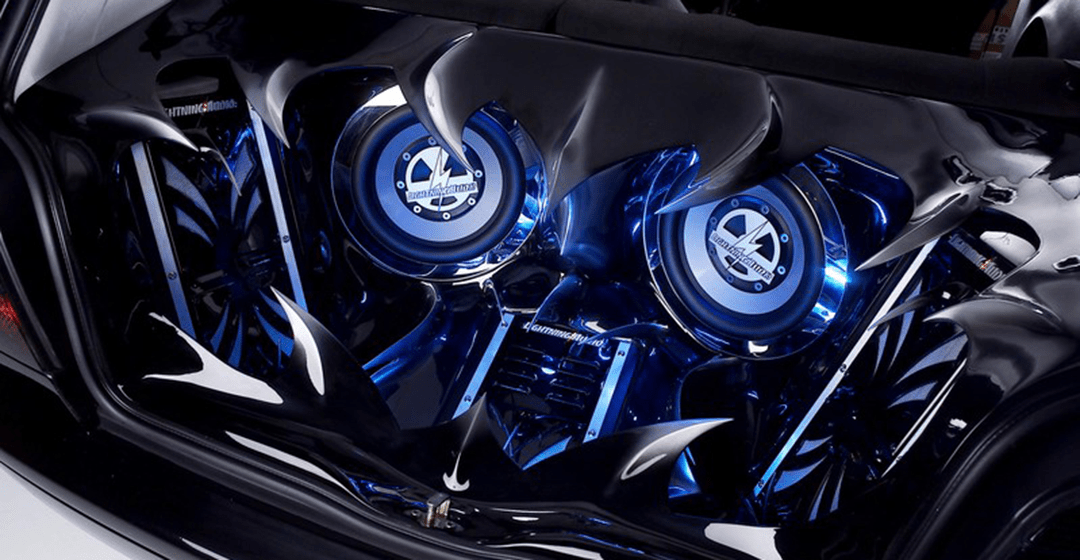How Long Does An Alternator Last On A Car

The humble alternator, a workhorse of the internal combustion engine (ICE), has faithfully powered countless vehicles for decades. But as the automotive landscape undergoes a seismic shift, questions arise about its future relevance. Traditionally, we'd ask: How long does an alternator last on a car? The answer, typically ranging from 5 to 8 years or 80,000 to 150,000 miles, depending on driving conditions and maintenance, is becoming increasingly less straightforward.
The Shifting Sands of Automotive Power
The advent of electric vehicles (EVs) and hybrid systems is rewriting the rules. In a pure EV, the alternator, as we know it, simply *doesn't exist*. The high-voltage battery pack directly powers the electric motor, and auxiliary functions, such as lights, infotainment, and climate control, are managed by a DC-to-DC converter deriving power from the main battery. Hybrids, however, present a more nuanced picture. While some hybrid architectures incorporate a traditional alternator, its role is often diminished, primarily serving to charge the 12V auxiliary battery used for starting and powering accessories when the high-voltage system is offline.
Even within the realm of ICE vehicles, advancements are influencing alternator longevity and design. Modern vehicles are packed with sophisticated electronics, demanding more consistent and higher-capacity power. Smart alternators, equipped with advanced voltage regulation and load management systems, are becoming increasingly common. These units can communicate with the vehicle's ECU (Engine Control Unit) to optimize charging based on real-time power demands, improving fuel efficiency and potentially extending the alternator's lifespan. Predictive maintenance algorithms, leveraging data from sensors and onboard diagnostics, can also foresee potential alternator failures, allowing for proactive replacements and minimizing downtime. This is where the question of "how long" becomes less about a fixed lifespan and more about a data-driven prediction.
Challenges and Opportunities
The transition to EVs and hybrids isn't without its challenges. The initial cost of EVs remains a barrier for many consumers. Furthermore, the charging infrastructure needs significant expansion to alleviate range anxiety and support widespread EV adoption. Battery technology, while rapidly improving, still faces limitations in terms of energy density, charging speed, and lifespan. While we celebrate the elimination of the alternator in EVs, we must also acknowledge the potential for failure in DC-to-DC converters. These components, crucial for powering low-voltage systems, require robust design and reliable thermal management to withstand the demands of modern EVs.
In the hybrid space, the complexity of the powertrain presents unique challenges. The interplay between the ICE, electric motor, battery pack, and alternator (if present) requires sophisticated control algorithms and robust components. Ensuring the reliability and longevity of all these interconnected systems is paramount. Furthermore, the reduced operating time of the ICE in some hybrid modes can lead to underutilization of the alternator, potentially affecting its performance and lifespan over the long term.
However, these challenges also present opportunities for innovation. Advancements in solid-state batteries promise higher energy densities, faster charging times, and improved safety. Wireless charging technologies are evolving, offering a more convenient and seamless charging experience. The development of modular and standardized EV platforms will drive down costs and accelerate the adoption of electric mobility. Furthermore, as vehicles become increasingly connected, data-driven insights will play a crucial role in optimizing energy management, predicting component failures, and enhancing the overall driving experience. Imagine an AI that monitors the health of your entire vehicle, including the DC-to-DC converter in your EV, proactively scheduling maintenance before a breakdown occurs.
The Future of Automotive Power: A Vision
The future of automotive power is electric, connected, and autonomous. The alternator, as a discrete component, will largely fade into history, replaced by integrated power management systems that intelligently distribute energy throughout the vehicle. Vehicles will become active participants in the energy grid, capable of both drawing power and contributing excess energy back to the grid (vehicle-to-grid or V2G technology). The concept of "lifespan" will evolve from a fixed metric to a dynamic prediction based on real-time data and usage patterns. Sustainability will be at the forefront, with a focus on minimizing environmental impact through the use of recycled materials and efficient manufacturing processes. The question won't be "How long does an alternator last?", but rather "How effectively can we manage and utilize energy in our vehicles to create a cleaner, more efficient, and sustainable transportation ecosystem?". Mobility will be redefined, no longer just about getting from point A to point B, but about a seamless, intelligent, and eco-conscious experience. The roar of the internal combustion engine will gradually be replaced by the hum of electric motors, ushering in a new era of silent, powerful, and sustainable transportation.
